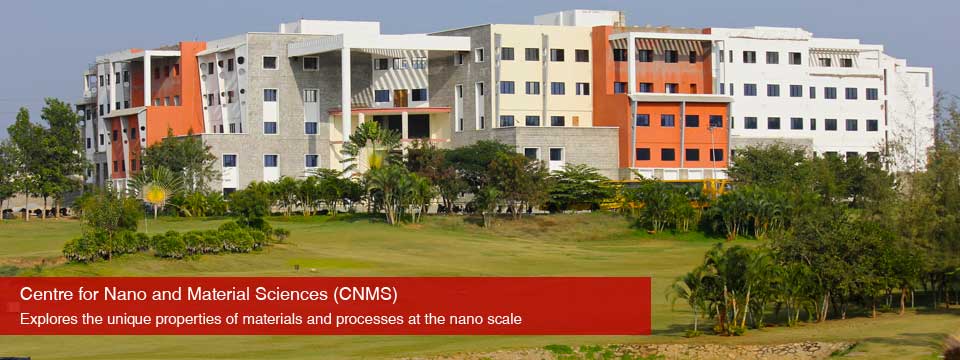Fluoride is beneficial to human health in small quantities; it plays vital roles in preventing dental decay and in treating osteoporosis. In contrast, excess fluoride consumption can cause dental and skeletal fluorosis along with many other diseases. Similarly, many metal ions such as mercury are considered to be toxins to human health. Despite of this knowledge, introduction of toxins to the environment by excessive urbanization and industrialization continues. Thus, it is significance to detect and if possible remove these toxic ions from drinking water.
Colorimetric ion sensing using organic receptors via supramolecular approach is one of the leading methods for the detection of these toxic ions. Based on this approach, new organic receptors will be designed and synthesised for the detection of these ions and these organic receptors will be attached covalently over different materials to remove ions from drinking water.
Further, these materials will be used for the development of disposable devices to treat and remove toxins from drinking water.
 |
|
A) Change in colour of receptor:
a) free receptor, b) F‒, c) Cl‒, d) Br‒ e) I‒, f)NO3‒, g) HSO4‒ h) H2PO4‒ and i) AcO‒.
B) Extraction process of F‒ ions from aqueous solutions and sea water using a solution of S6R2 in CH2Cl2. |
|
|



